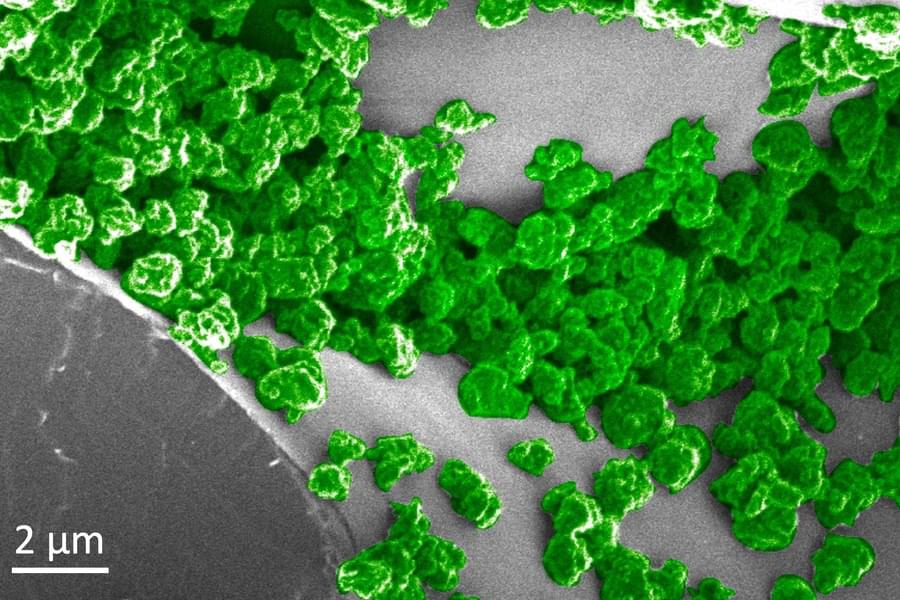SpaceX successfully sent four space tourists on a three day joyride around the Earth inside its Crew Dragon spacecraft last week — and the mission has sent demand soaring, according to the company.
“The amount of people who are approaching us through our sales and marketing portals has actually increased significantly,” the company’s senior director of human spaceflight programs Benji Reed revealed during Saturday’s press conference, as quoted by Ars Technica. “There’s tons of interest rolling in now.”
Even more excitingly, Reed says that the company’s much, much bigger spacecraft Starship may also be destined to launch tourists, a massive upgrade that could allow significantly more passengers to embark on an extremely expensive trip to space.








